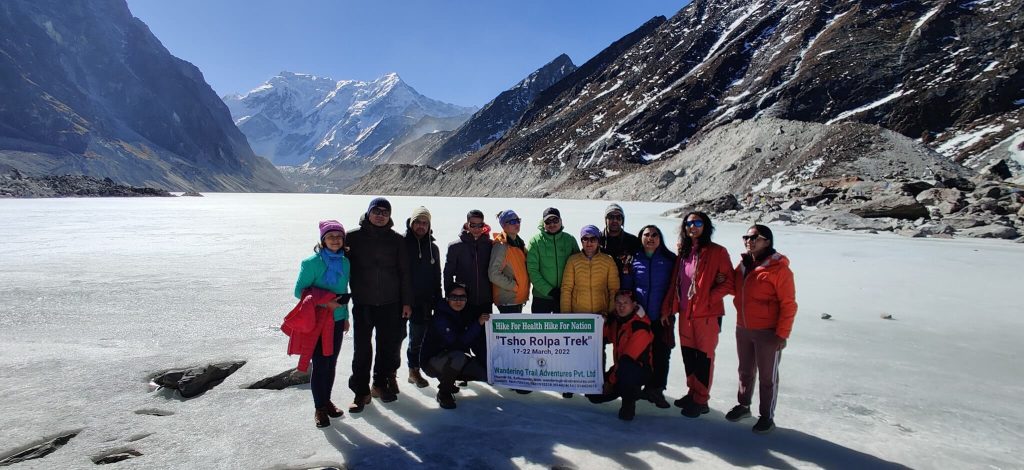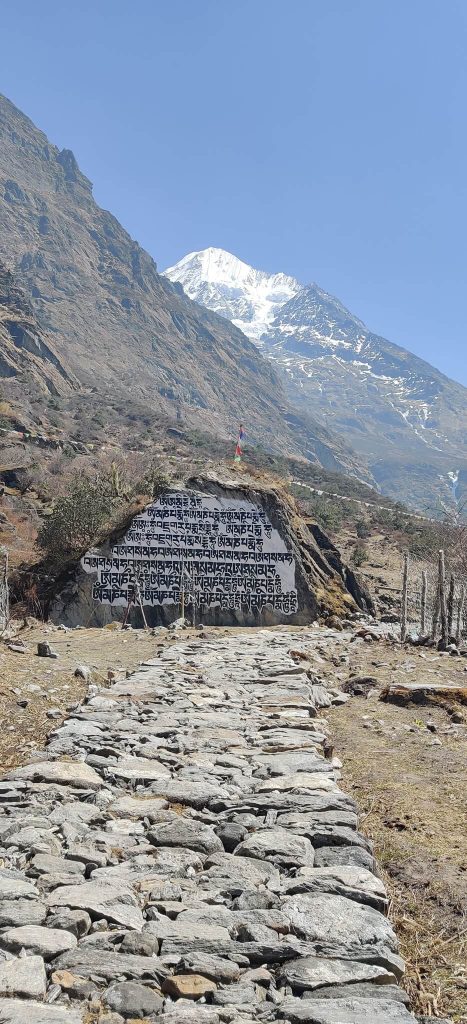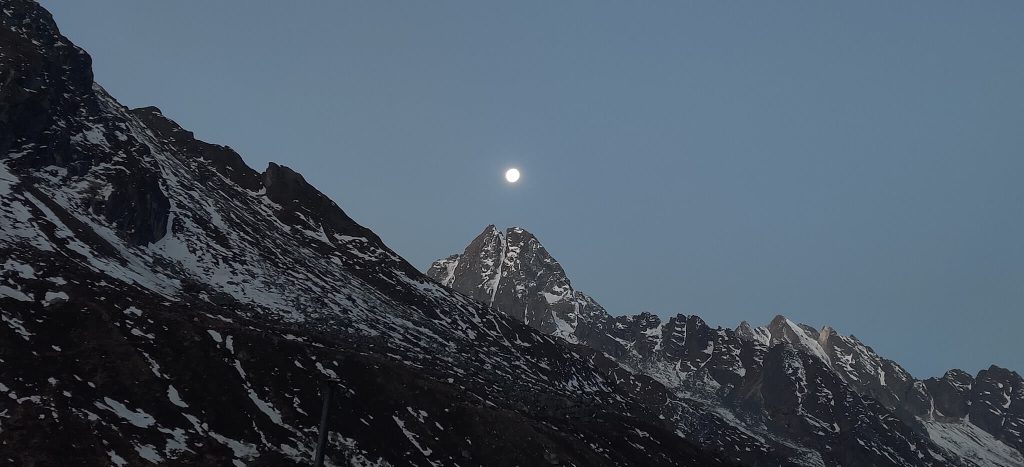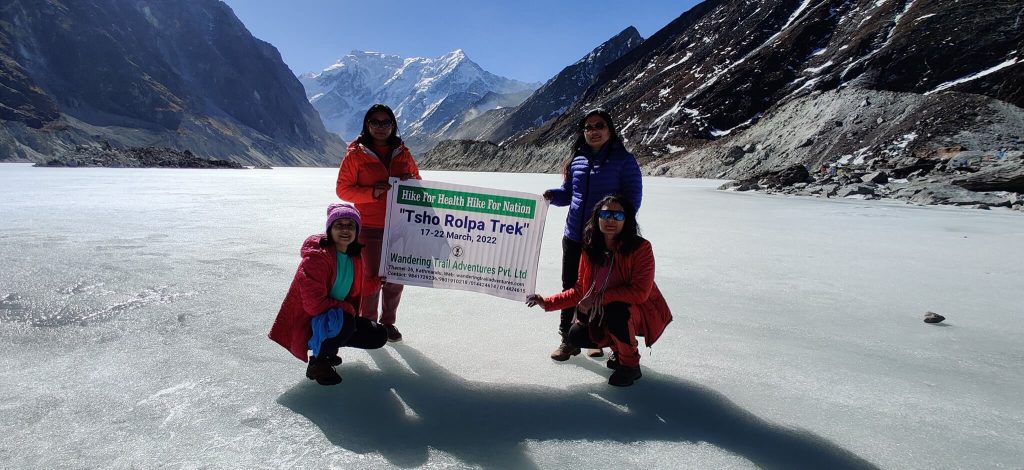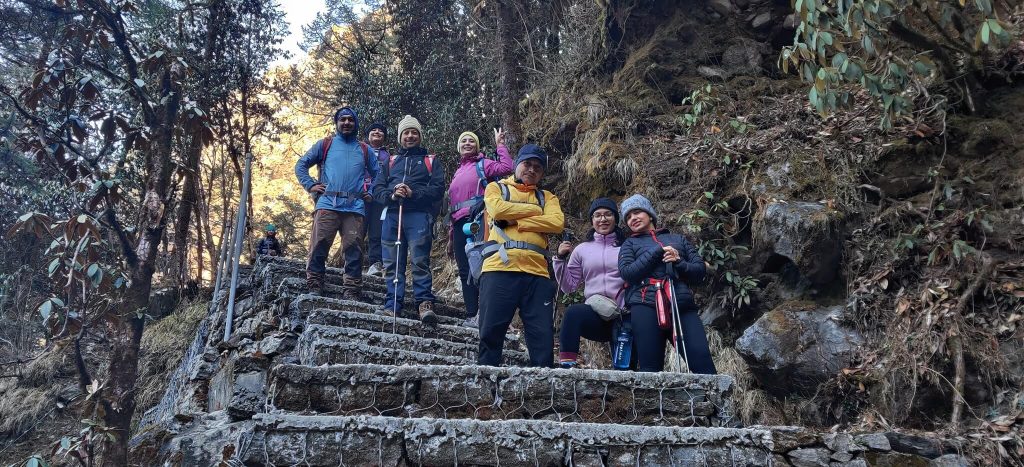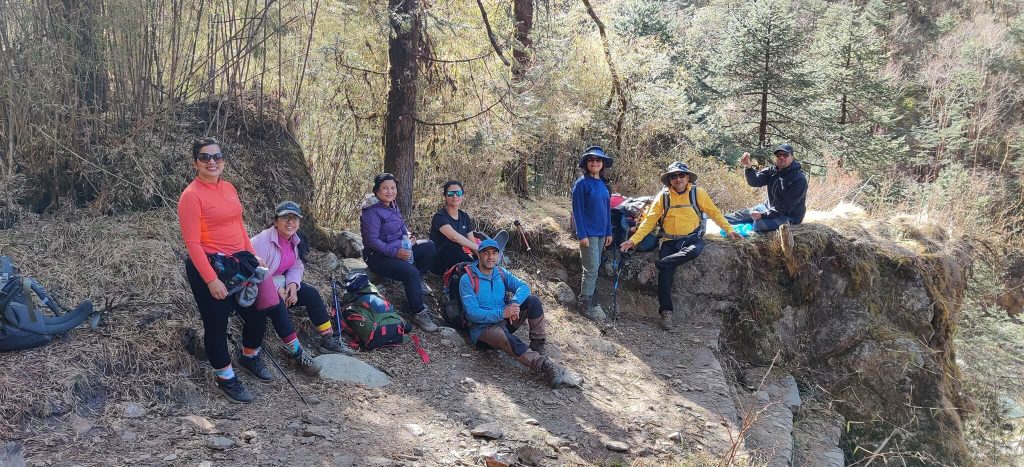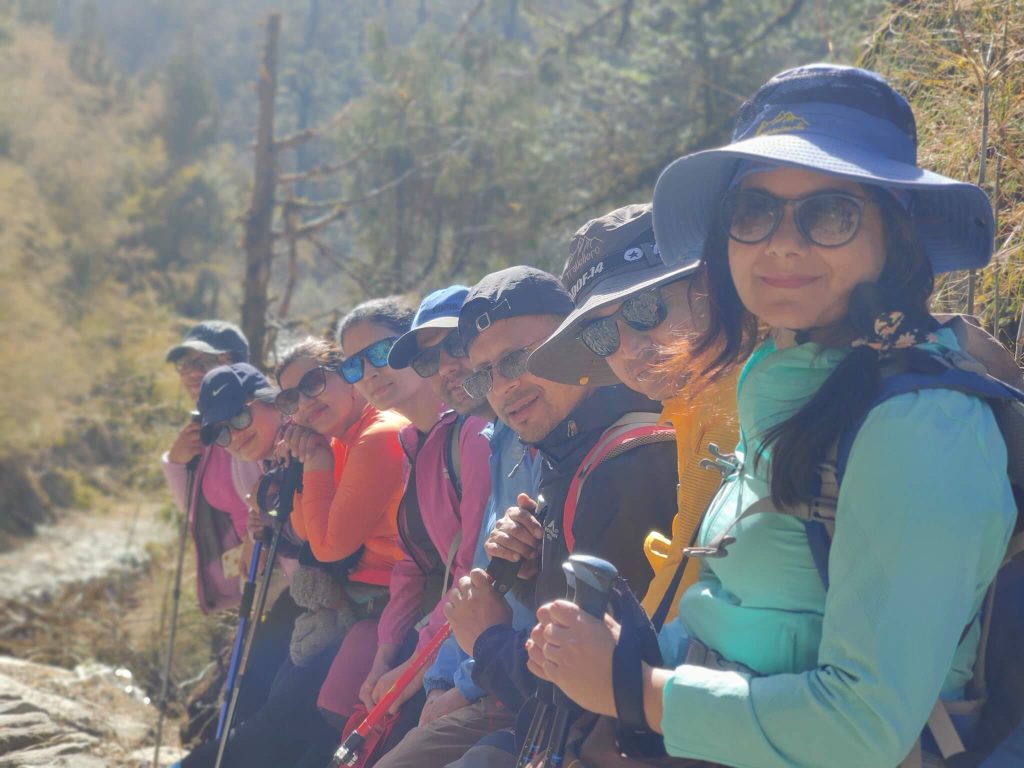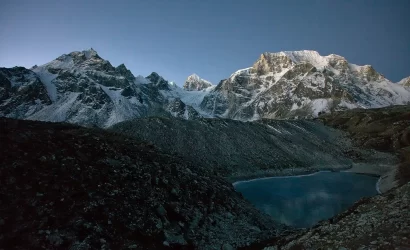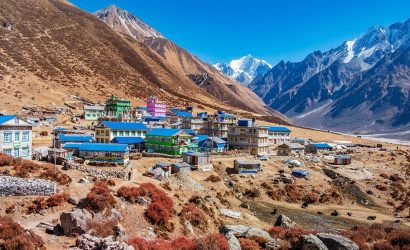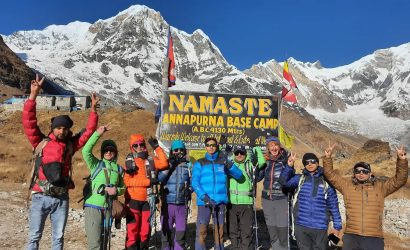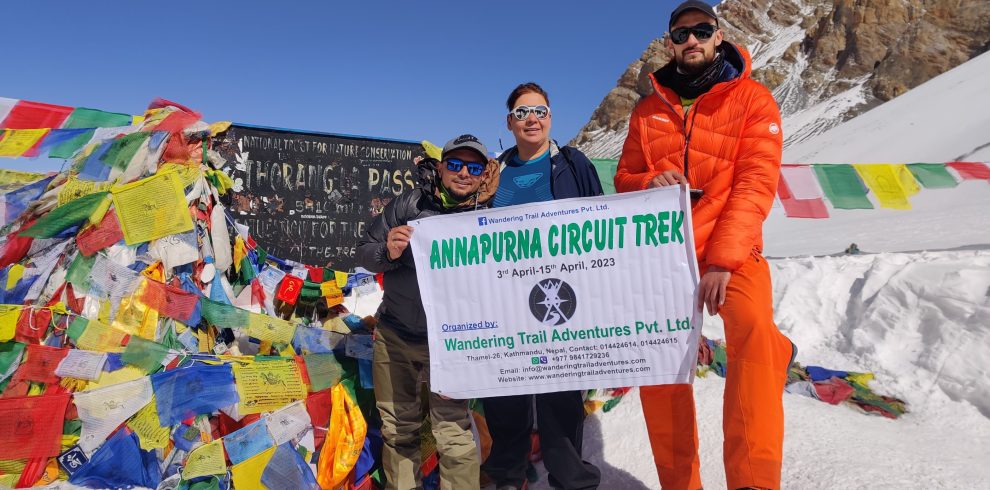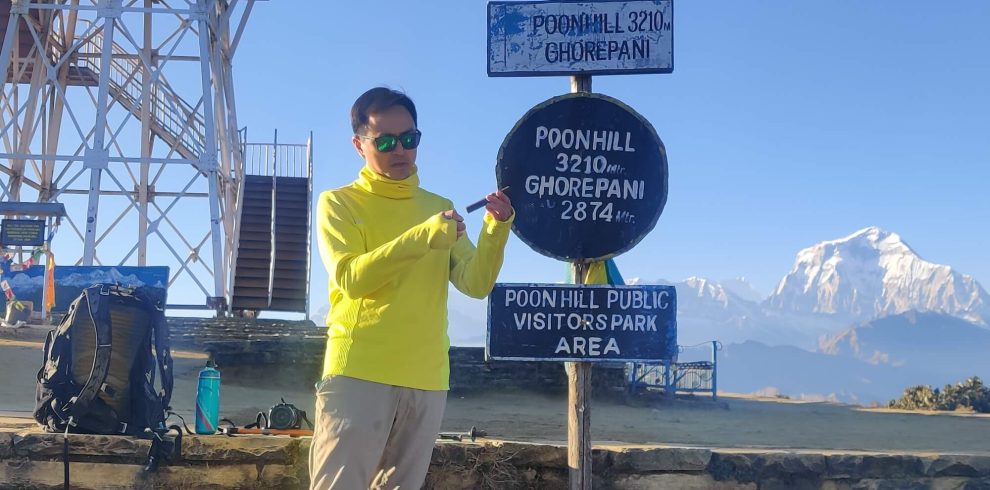-
Kathmandu
-
Kathmandu
-
Strenuous
-
Rolwaling, Dolakha
-
Adventure/Active
-
12+
-
Private and Group
-
Fully Guided
-
Instant Booking
-
4,580m / 15,030ft
-
March-May and Sep-Nov
Overview
Located at an elevation of 4,183 meters, Tsho Rolpa Lake is one of the largest glacial lakes in Nepal and is sandwiched between the Langtang and Everest Mountain ranges. Dolakha, a trading post in the country’s northeast, is where the journey begins, and its access road follows the Kathmandu–Lhasa, Tibet highway. Rolwaling Valley, one of the seven secret valleys where the Yeti is reputed to reside, is home to the lake itself.
At 4,540 meters, Tsho Rolpa Lake is still the highest point of the journey. It ranks as one of the greatest glacial lakes in the country. At its deepest point, it reaches a depth of 270 meters, and its total size is more than 1537 square kilometers. The lake is about 85.94 million in volume. The lake has religious importance for both Hindus and Buddhists.
Tsho Rolpa, a beautiful glacial lake, can be seen along the way, as can attractive terraced fields, fast-moving rivers, woodlands, and two enormous glaciers. Acclimatization is not a pressing concern on this hike, as the journey begins at a relatively low altitude. Despite the trail’s lack of significant elevation gain, trekkers should be in decent shape because days can last anywhere from 6 hours to 8 hours.
Gauri Shankar (7,145m) and Menlungtse (7,181m) are only two of the mountains that can be observed along this path. Bigu Gompa, home to more than 300 nuns, may be found along the path, as can Brahmin, Chhetri, Tamang, and Sherpa settlements. Mani stones and prayer flags along the path indicate that this is a predominantly Buddhist region.
HIGHLIGHTS OF TSHO ROLPA TREK
- Incredible mountain vista including Gauri Shankar (7145m), Melungtse (7181m), and others
- Observing the beautiful turquoise Lake Tsho Rolpa (4580m)
- Gorgeous sunrise and sunsets from various points of the Tsho Rolpa Lake trek
- Various mani walls, prayer flags, and monastery along the trail
- Exploring the culture, tradition, and lifestyle of the Sherpa community
- Spotting rare wildlife along the trail
- Fantastic Bird watching opportunity along the trail
- Scenic drive on the Araniko highway
- Tasting the delicious local cuisine
- Incredible hospitality of the local people
Trip Reviews
There are no reviews yet. Be the first one to write one.
Write a Review
Your email address will not be published.

